Metal Binder Jetting 3D Printing Service
Upload your CAD files to get an instant quote on parts. Free shipping on all US orders.
Fast and Affordable Metal Parts
Metal binder jetting is a 3D printing technology used to make complex metal parts with excellent mechanical properties.
Metal binder jetting is often used to produce metal binder parts at a fraction of the cost of other metal processes, with few design limitations. Binder jetting machines have large build areas and produce parts at high speed, making them an excellent option for low to medium-batch, rapid-turn parts. The speed and affordability of binder jetting make it perfect for industries needing high-strength parts, such as industrial, automotive, consumer products, oil, and gas.
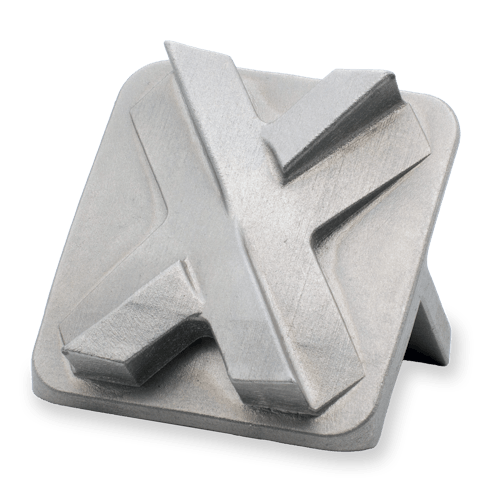
Xometry Metal Binder Jetting Printing Capabilities
| Feature | Description |
|---|---|
Feature Build Size | Description 15" x 10" x 10" (400 x 250 x 250 mm) |
Feature General Tolerances | Description Depending on the part’s size and geometry, parts may shrink 0.8%–2.5% during cooling. Internal geometries, such as slots and holes, may shrink as much as 5% |
Feature Layer Height | Description 0.004” (100 microns) |
Feature Surface Roughness | Description 30 to 200 µin Ra, depending on build orientation, finish, and material used for the build |
Feature Density | Description Homogeneous with 98%+ density |
This table depicts the general tolerances for Metal Binder Jetting. Stresses during the build and other geometry considerations may cause deviation in tolerances and flatness. Part designs with thicker geometries, flat or broad parts, and parts with uneven wall thicknesses may be prone to significant deviations or warp. Improved tolerances may be possible with a manual quote review, after successful completion of a prototype build, and must be approved on a case-by-case basis. General tolerances apply before secondary finishing or post-processing unless otherwise specified. Please check out Xometry's Manufacturing Standards for more information on tolerances per process.
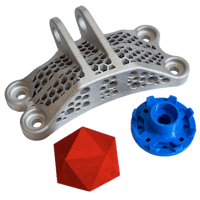
Need to Compare Printing Processes?
Our quick reference guides let you quickly compare different 3D printing processes!
What is the Metal Binder Jetting Process
Metal binder jetting is an additive manufacturing metal printing technology that builds metal parts from a CAD file in a multi-step process. Binder jet machines first fuse layers of metal powder together with a binding agent. Once the part is bound, the resulting shape is called a green part and is left to cure. The cured form is then put into a furnace to sinter or be infiltrated with bronze.
Since binder jet parts are supported by unused powder on all sides of the part, this eliminates or minimizes the need for post-processing. Since most binder jet parts must undergo a furnace stage, parts are prone to shrinkage, are slightly porous, and fine features may not survive. Engineers should design binder jet parts with design-for-manufacturing principles in mind.

Metal Binder Jetting Materials Available at Xometry
| Material Name | Description | Data Sheets |
|---|---|---|
Material Name Single alloy 316L SS | Description A 98%+ dense 316L stainless steel metal with superb corrosion resistance, and excellent feature details. | Data Sheets |
Material Name Other materials | Description Due to market availability, bronze infiltrated materials such as X1 Metal 420i™ are currently unavailable. | Data Sheets N/A |
Surface Finish
Our stainless steel 3D printed parts using metal binder jetting are post-processed with a standard "Zirblast" finish. This zirconia-based ceramic bead blast finish mildly peens the surface without significantly altering fine features or dimensions. The resulting appearance will exhibit a uniform, matte, light gray surface with a slightly satin-like appearance.
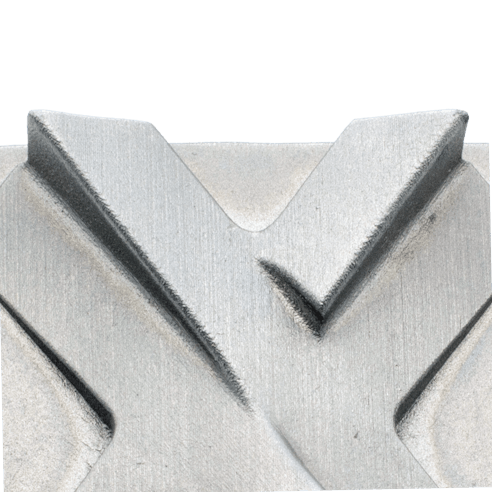
Image Gallery
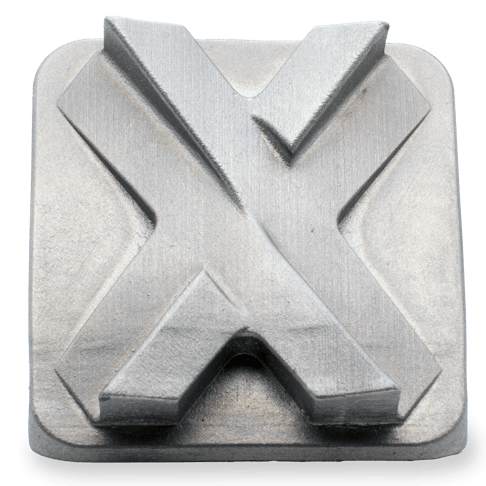
The front of a binder jet printed Xometry tile printed in 316L stainless steel.

The back of a 316L stainless steel binder jet printed Xometry tile showcasing text.
Binder Jetting Design Guidelines
| Feature | Design Guide |
|---|---|
Feature Unsupported walls | Design Guide 1.0 mm (0.04'') |
Feature Supported walls | Design Guide 1.0 mm (0.04'') |
Feature Minimum feature size | Design Guide 1.0 mm (0.04'') |
Feature Minimum hole diameter | Design Guide 1.0 mm (0.04'') |
Feature Minimum escape hole diameter | Design Guide 4.0 mm (0.157'') |
Feature Minimum font size | Design Guide Arial 26 or greater |
To see more design-for-manufacturing recommendations, view our Binder Jetting Design Guide.
Best Applications for Metal Binder Jetting
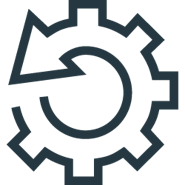
Rapid Tooling
Because binder jet metal parts are strong and affordable, they are widely used for rapid tooling, fixtures, and jigs.
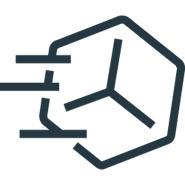
Prototyping
Binder jet metal 3D printing is affordable and fast, and therefore is often used to make rapid to fully functional prototypes.
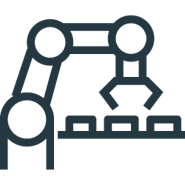
Mass Production
Highly dense and durable metals make binder jet printing a fantastic choice for end-use products.

Ready to Get a Quote on Metal Binder Jet Parts?
Free shipping available for domestic 3D printing orders ; learn more!
Why Choose Xometry for Metal Binder Jet 3D Printing?

Endless Options
Choose from thousands of possible combinations of materials, finishes, tolerances, markings, and certifications for your order.

Easy to Use
Get your parts delivered right to your door without the hassle of sourcing, project management, logistics, or shipping.

Vetted Network
We are ISO 9001:2015, ISO 13485, and AS9100D certified. Only the top shops that apply to become Suppliers make it through our qualification process.
